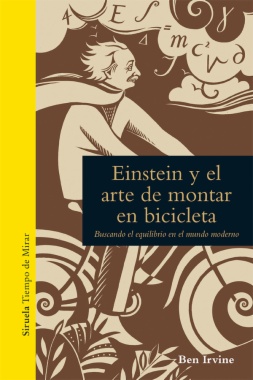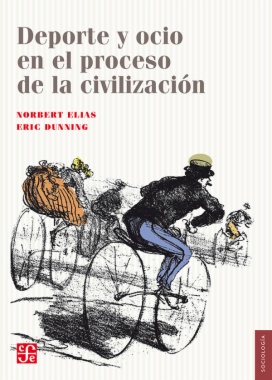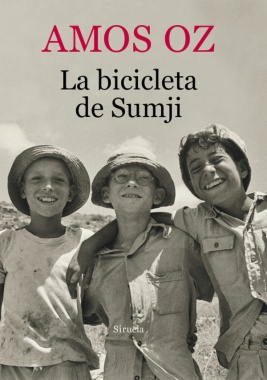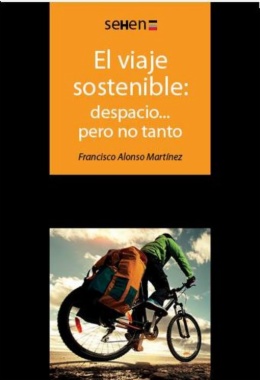
El deporte también se lee
Una colección de recursos literarios, historia, investigación, podcast, revistas y mucho más sobre distintos deportes
Camera Images as Cultural Heritage: The Social Life-story of the Audiovisual Records of the Palace of Justice Siege, 31 Years of Memory Work
Camera Images as Cultural Heritage: The Social Life-story of the Audiovisual Records of the Palace of Justice Siege, 31 Years of Memory Work

También nos roban el fútbol

Einstein y el arte de montar en bicicleta
Camera Images as Cultural Heritage: The Social Life-story of the Audiovisual Records of the Palace of Justice Siege, 31 Years of Memory Work

Deporte y ocio en el proceso de la civilización

Camera Images as Cultural Heritage: The Social Life-story of the Audiovisual Records of the Palace of Justice Siege, 31 Years of Memory Work

El viaje sostenible: despacio... pero no tanto
Para consultar los contenidos añadidos busca la opción Tus colecciones en el menú principal o en Mi perfil.